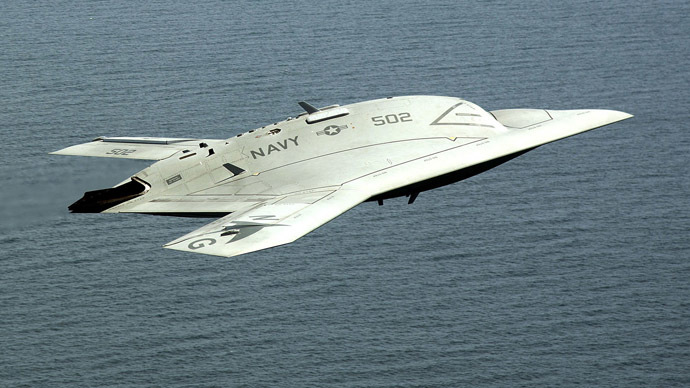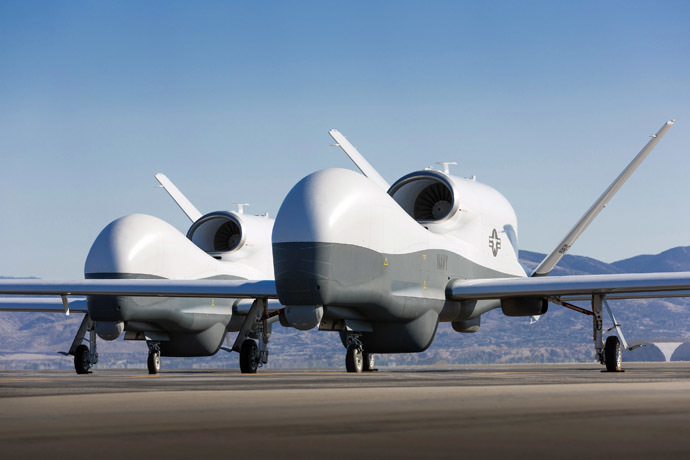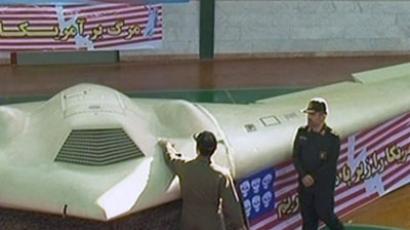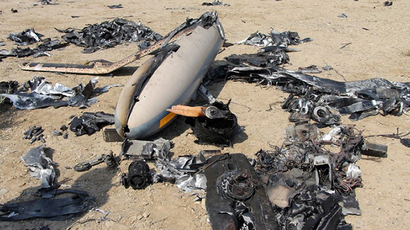UN sounds alarm on rise of autonomous 'killer robots'

With the proliferation of lethal weapons system, increasingly capable of carrying out faraway missions with minimal human oversight, the UN is demanding regulations on the killing machines.
UN member states on Thursday warned, at the annual Convention on Conventional Weapons (CCW) in Geneva, that autonomous weapons systems featuring the deadly technology, will increase violations of international and humanitarian law.
READ MORE: Noam Chomsky calls US 'world's leading terrorist state'
Restrictions on killer drone technology falls under the so-called “convention on certain conventional weapons” – a sub-section of the Geneva Convention. However, many citizens have already fallen victim to drone strikes.
In December 2013, for example, a US strike in Yemen killed 15
people on their way to a wedding. Pakistan, meanwhile, is
estimated to have suffered over 3,200 drone-strike fatalities since 2004, 175 of those
deaths being children.
The delegates will vote by consensus on Friday afternoon whether
to continue next year with multilateral talks on subjects
relating to “lethal autonomous weapons systems.” The
Geneva conference on CCW was the second such international
assembly this year to discuss the rise of autonomous lethal
weapons.
During the previous UN session on autonomous weapons, Christof Heyns, special rapporteur on extrajudicial, summary or arbitrary executions, said the technology should be outlawed. “Machines lack morality and mortality, and as a result should not have life and death powers over humans,” he said.

Human Rights Watch addressed the international body on Thursday, warning that time was running out on addressing the issue of this deadly technology, already responsible for killing hundreds of innocent civilians.
“There is a sense of urgency about how we deal with killer robots. Technology is racing ahead,” it said.
Another organization, the Campaign to Stop Killer Robots, sent a letter to the UN conference that called on leaders to “preemptively ban weapons that would select and attack targets without further human intervention.”
“We have many concerns with these fully autonomous weapons, but perhaps our most significant concern is with the notion of permitting a machine to take a human life on the battlefield or in law enforcement and other situations,” the letter said.
This week, the New York Times reported that Britain, Israel and Norway are “already deploying missiles and drones that carry out attacks against enemy radar, tanks or ships without direct human control.” After launch, the aerial vehicles on-board sensors automatically choose targets.
READ MORE: Yemeni man sues Germany over US drone attack that killed his relatives
Meanwhile, Lockheed Martin is developing a so-called Long Range Anti-Ship Missile, which is launched by a B-1 bomber and is designed to destroy its target with a minimal amount of human control. The missile is designed to travel for “hundreds of miles, maneuvering on its own to avoid radar, and out of radio contact with human controllers,” the Times article noted.
According to the Bureau of Investigative Journalism, of 746 people listed as killed in CIA drone strikes between January 2006 and October 2009, at least 147 of the dead are reported to be civilians. Of that number of fatalities, 94 are said to be children.















